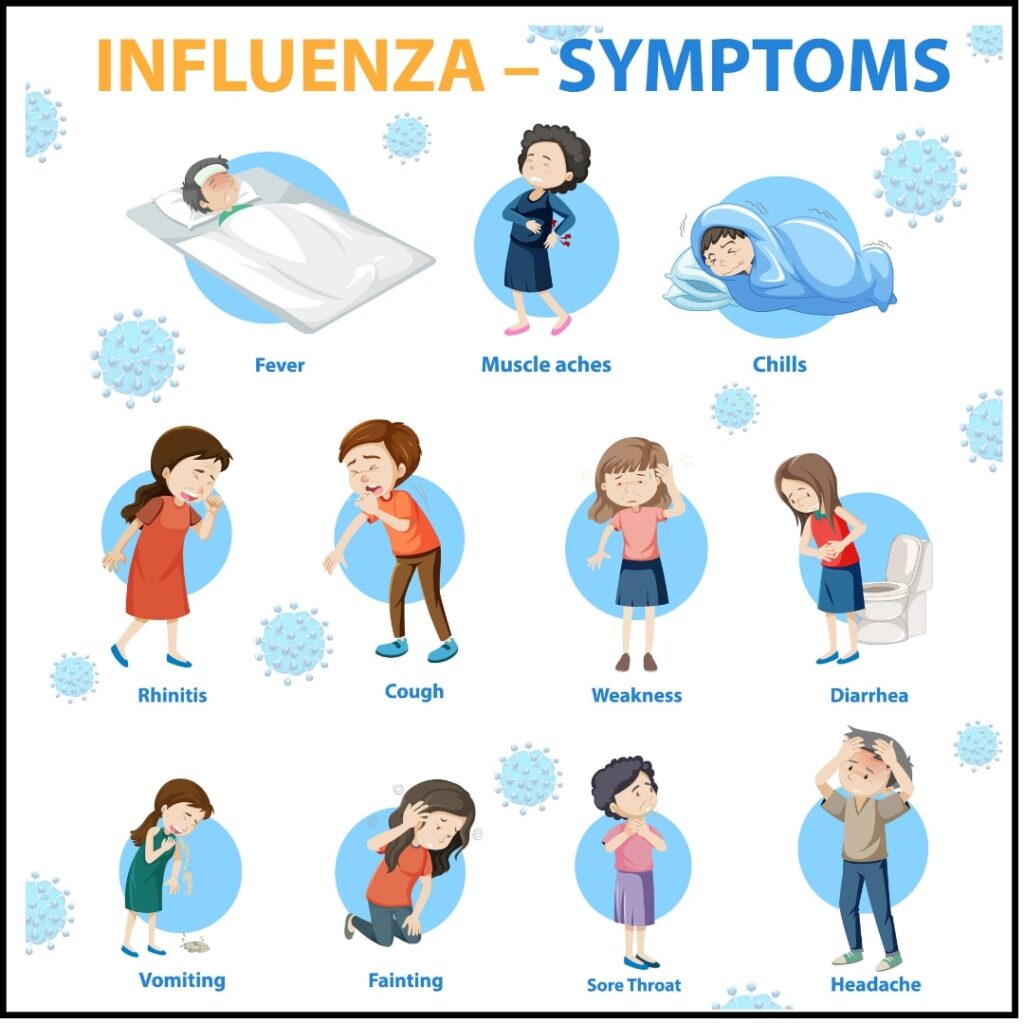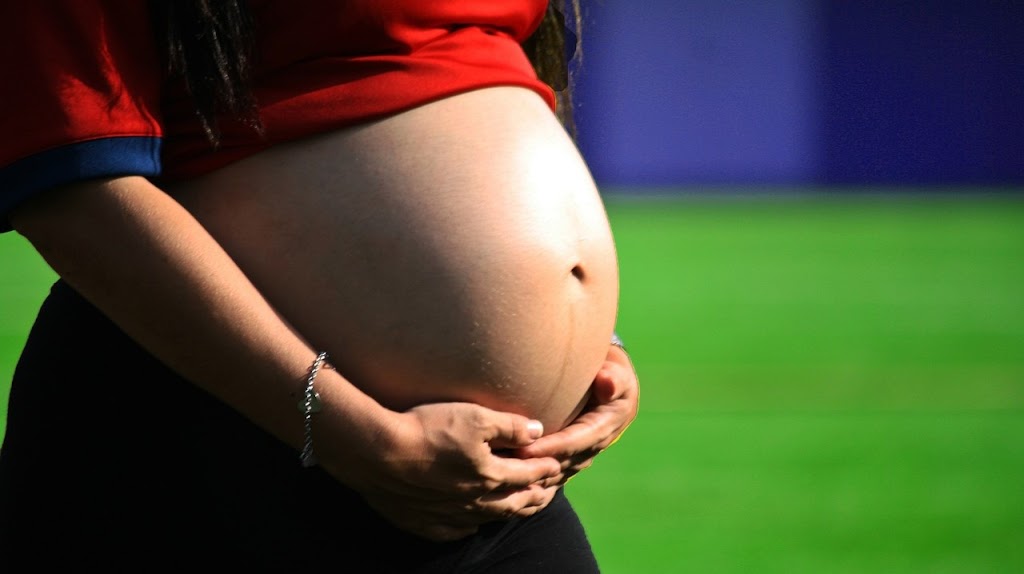Turnip : Health Benefits and Nutritional Secrets of Turnips
What foods should I avoid during pregnancy?
Lychee: Uses, Benefits, Side Effects and More
Superfoods: What Are The Super Foods
What Are The First Signs Of A Heart Attack In A Woman
A heart attack is a serious medical condition that can affect both men and women. However, the symptoms of heart attack may differ between the two genders. Women are more likely to have frequent breathlessness as a symptom of a heart attack. In this article, we will discuss the common symptoms of heart attack and frequent breathlessness in women.
What is a Heart Attack
A heart attack occurs when blood flow to the heart is blocked, usually by a blood clot. It can damage the heart muscle and can be fatal in severe cases. A heart attack can happen to anyone, but there are some risk factors that increase your chances of having a heart attack. These include smoking, high blood pressure, high cholesterol, obesity and a family history of heart disease.
Heart attack in women
Heart attacks can be more difficult to diagnose in women than in men. This is because women often experience different symptoms than men. While men typically experience chest pain or discomfort, women may experience a wider range of symptoms, including :-
Chest pain or discomfort
Upper body pain
Shortness of breath
Nausea or vomiting
Tiredness or weakness
Frequent breathlessness
Chest pain or discomfort
Chest pain or discomfort is one of the most common symptoms of a heart attack in both men and women. However, it has also been observed that women may experience chest pain differently than men. Instead of the crushing or squeezing sensation often associated with heart attacks in men, women may feel a sharp, burning or stabbing pain in their chest.
Upper body pain
Upper body pain can appear in a variety of areas, including the chest, arms, neck, jaw, and back. The pain can range from mild to severe, and it may come and go or last for hours. In some cases, women may experience upper body pain without chest pain or discomfort, which can be difficult to identify as heart attack symptoms.
How Much You Eat During Pregnancy Affect Baby Weight
Heart Attack For Women: What Are Symptoms Of Women’s Heart Attacks
Apricot Fruit: 20 Benefits of Dry Apricots For Diabetes How Many Dry Apricots Can a Diabetic Patient Eat in a Day
Apricot Fruit
Apricot is a delicious and nutritious fruit that is loved all over the world. Apricots are small, round fruits with velvety, orange skin and yellow-orange flesh. They have a slightly tart and sweet flavor that is often compared to peaches.
Apricots are rich in vitamins and minerals, making them a healthy addition to any diet. They are a good source of vitamin A, vitamin C, potassium and dietary fiber. Vitamin A is essential for maintaining healthy vision, while vitamin C is a powerful antioxidant that helps protect the body from free radical damage. Potassium is important for controlling blood pressure and maintaining a healthy heart, while dietary fiber is essential for maintaining good digestive health.
Apart from the nutrients, apricots are also used in various culinary dishes. They can be eaten fresh or dried, and are often used in baked goods, jams, and sauces. In Middle Eastern cuisine, apricots are used in savory dishes such as tagines and stews, while in Western cuisine they are often used in desserts such as pies and tarts.
Apricots are also known for their health benefits. Studies have shown that they may help reduce the risk of certain diseases such as heart disease, diabetes and cancer. They are also believed to have anti-inflammatory properties, which may help reduce the risk of chronic inflammation and related conditions.
Apricot is a delicious and nutritious fruit that offers a variety of health benefits. Whether eaten fresh or cooked, they are a versatile ingredient that can be used in a wide variety of dishes. So the next time you’re looking for a healthy snack or ingredient to add to your favorite dish, consider adding some apricots to your diet.
Read also :- What are the 6 health benefits of beetroot, know in detail










